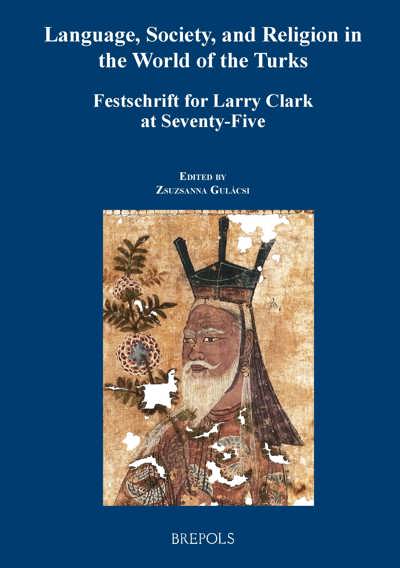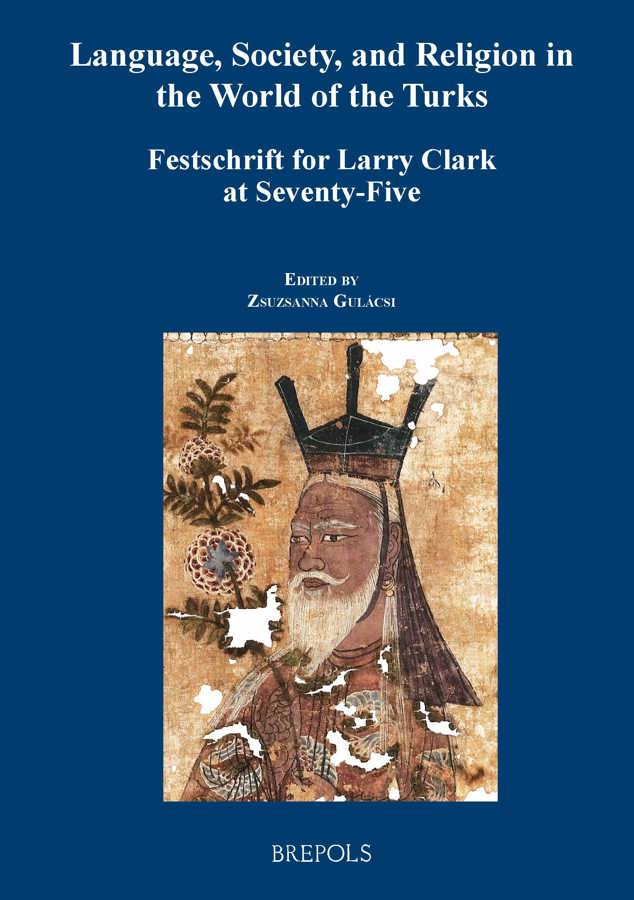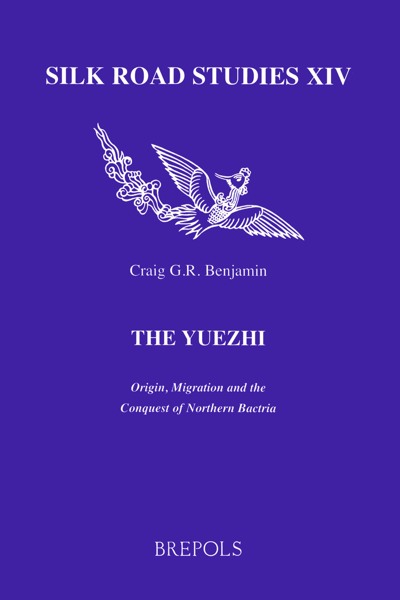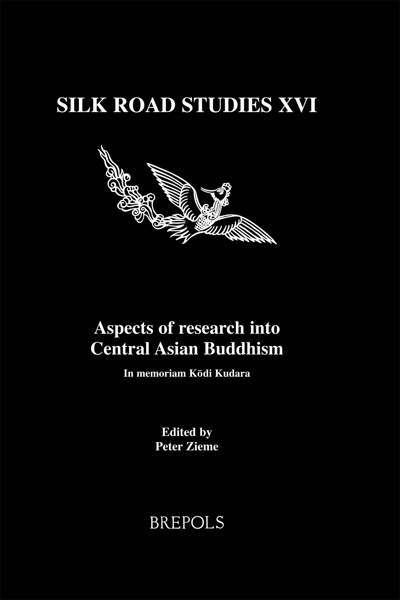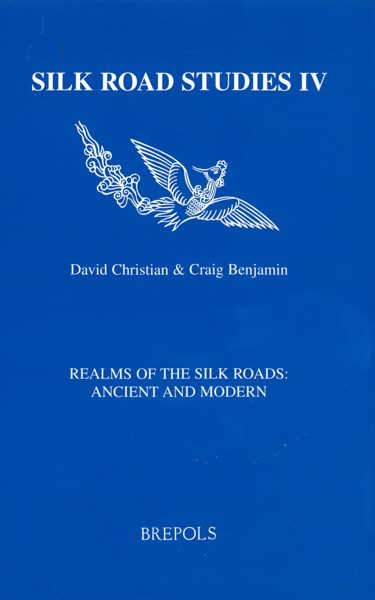
Language, Society, and Religion in the World of the Turks
Festschrift for Larry Clark at Seventy-Five
Zsuzsanna Gulácsi (ed)
- Pages: x + 376 p.
- Size:210 x 297 mm
- Illustrations:38 b/w
- Language(s):English
- Publication Year:2019
- € 110,00 EXCL. VAT RETAIL PRICE
- ISBN: 978-2-503-58029-6
- Paperback
- Available
Zsuzsanna Gulácsi is Professor of Art History and Asian Studies at Northern Arizona University, Flagstaff. A Guggenheim Fellow (2016) and a Getty Residential Scholar (2019), she is the author of Manichaean Art in Berlin Collections (Brepols 2001), Mediaeval Manichaean Book Art (Brill 2005), and Mani’s Pictures: The Didactic Images of the Manichaeans from Sasanian Mesopotamia to Uygur Central Asia and Tang-Ming China (Brill 2015).
Larry Clark has been a major figure in the study of Turkic languages, Uygur history, and Uygur Manichaeism for the last 40 years. His scholarship engages a wide array of specialist expertise as it tackles the difficulties of orthography and fragmented texts, the complexities of historical linguistics and cultural references, as well as the subtleties of religious expression. His complete corpus of Old Turkic Manichaean Texts (Brepols 2014, 2018, and 2020) is a three-volume set of linguistic and historical detective work that solves a number of longstanding problems and sheds new light on Manichaean community life in medieval Central Asia during the second half of the 8th century to the first half of the 11th century.
The occasion of Larry Clark’s Festschrift draws contributions from many of the current leadings scholars in these areas, including former pupils and colleagues. Their essays provide a multi-faceted perspective on late ancient, medieval, and modern Central Eurasia—its languages, as well as its civil and religious institutions, ranging from the Siberian steppe to the Aegean, and from the Han Dynasty’s northern rivals to the Uygurs, Mongols, and Ottomans.
INTRODUCTION
1. Scholarship of Larry Clark
2. Publications of Larry Vernon Clark
3. Larry Clark as Teacher and Mentor
LANGUAGE
4. Larry V. Clark, “In a Language they Knew and Understood”: Turks and Islam in the Yarkand Documents (11th-12th centuries)
5. Christopher I. Beckwith, On the Ethnolinguistic Identity of the Hsiung-nu
6. Simone-Christiane Raschmann, “In Need for Wine”: The Arat Document 112/07
7. Mehmet Ölmez, On Old Uygur Sıkıg ~ Sıkıš and Taŋıg ~ Taŋıš
8. Klaus Röhrborn, Die Umschrift des Uigurischen: die Berliner Schulen und das Uigurische Wörterbuch
9. Elisabetta Ragagnin, On Old Uyghur Traces
SOCIETY
10. Michael R. Drompp, Five Notes on the Yenisei Kirghiz in the Early Middle Ages
11. Peter Zieme, Bägräk Tutuŋ and his Family: Notes on an Old Uygur Colophon
12. Geoff Childs and Namgyal Choedup, Tibetan Obligation Contracts (gan rgya) from Nubri, Nepal
13. Johan Elverskog, G. J. Ramstedt’s “A Short History of the Uygurs”
14. Samuel N. C. Lieu, Between Byzantium and the Turks – Kallipolis / Gallipoli / Gelibolu (1307-1402)
RELIGION
15. Nicholas Sims-Williams, A Multilingual Manichaean Calendar from Turfan (U130)
16. Yutaka Yoshida, Farewell to the “Teacher of Four Twãryst’n”
17. Jens Wilkens, The Old Uyghur Version of the Manichaean Book of Giants and its Context
18. Marcel Erdal, The Manuscript Variants of the Säkiz Yügmäk Yarok Nom Bitig
19. Jason BeDuhn, The Afterlife in Uygur Manichaean Instruction
20. Zsuzsanna Gulácsi, The Manichaean Roots of a Pure Land Banner from Kocho (III 4524) in the Asian Art Museum, Berlin
